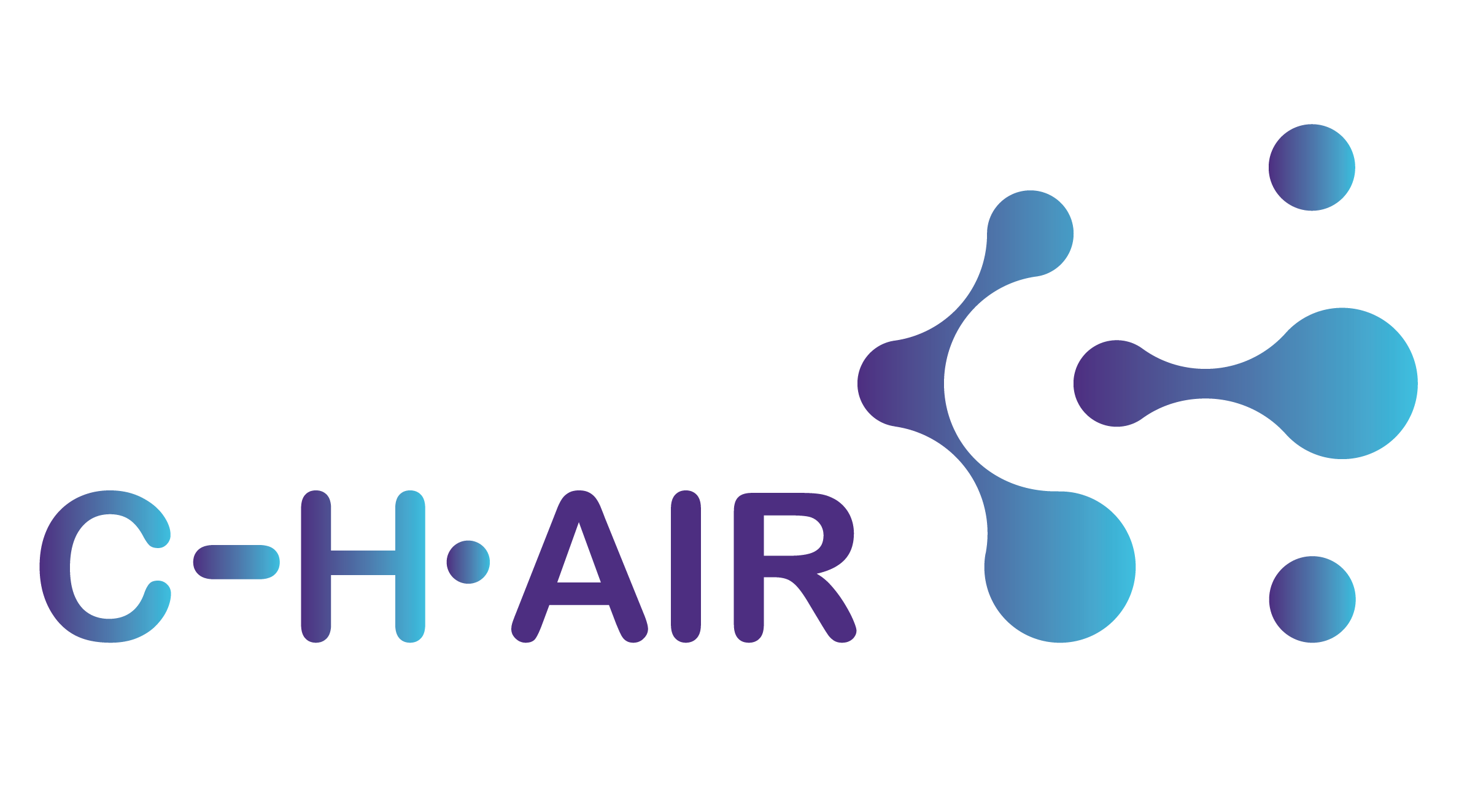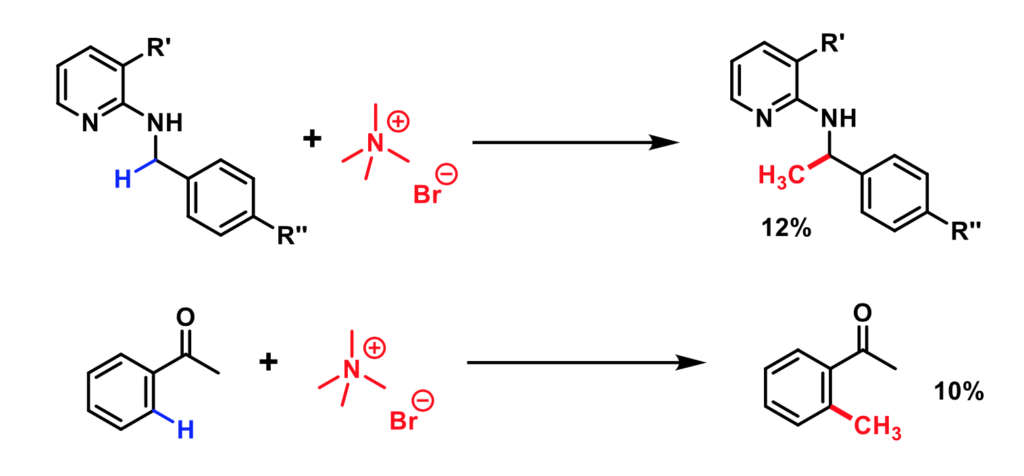The Project
Research
Research Axis #4: Sustainable and Safe C-H Activation
Objective: target safe, efficient and environmentally benign C-H activation reactions applicable for a large-scale production to bridge the gap between academic R&D and industrial use of C-H activation.
Research topics:
- non-conventional medium for C-H activation
- C-H activation in flow
- new, safe and easy to handle reagents for industrially relevant functionalization
ESR: Eleni Papaplioura
PI: Prof. M. Schnürch
Host institution: TUWien
Secondment: Boehringer-Ingelheim, Janssen
This project’s objective is to develop new C-H activation methods relying on sustainable and safe reagents, in particular:
- quaternary ammonium salts under base-free conditions for direct alkylation reactions;
- non-toxic ammonium salts (e.g. tetramethylammonium) as a solid precursor of CH3 groups for methylation reactions.
To elucidate those reactions’ mechanisms, a computational collaboration with Tsuyoshi Ohyama (ESR 3) is envisaged; and 14C isotope labelling will be performed.
The project focuses around the develop new synthetic methods which enable C-H activation and engages gaseous reagents or starting materials: direct carbonylation reactions using flow technology, targeting an array of aromatic substrates and using Pd- or Rh-catalysts; and direct introduction of double or triple bonds, via coupling with ethylene and acetylene.

This project aims to develop C-H activation reactions under micellar conditions, for direct arylations, with an emphasis on low loading of abundant metal-catalyst. The project also encompasses the synthesis of modified surfactant bearing motifs exhibiting particular reactivity (e.g. HFIP); and exploiting the potential of micellar conditions to perform asymmetric C-H activation in collaboration with Dehang Yin (ESR1).

